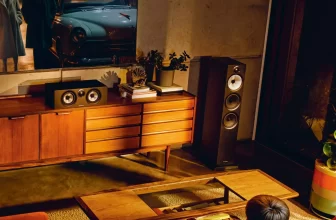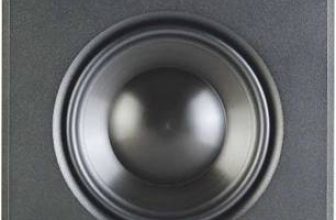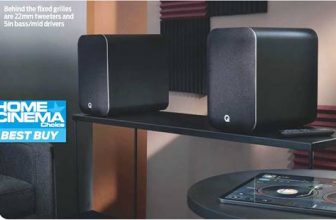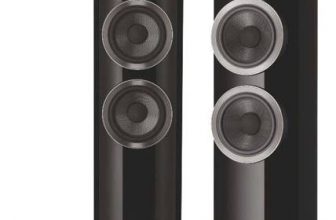Triangle Borea BR08 Review – Three pointed star
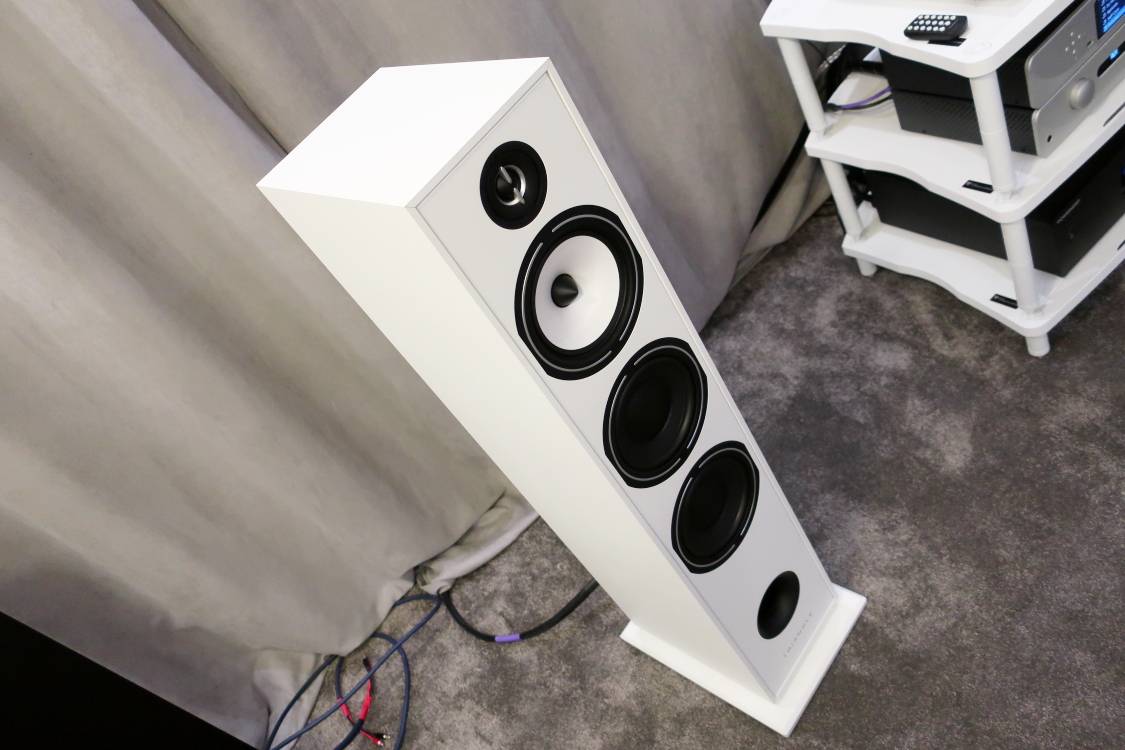
Triangle’s affordable standmount has already impressed. What can the floorstander do? Ed Selley finds out… Read our Triangle Borea BR08 Review.
The Borea range of speakers represents the first truly new lineup of product from the Soissons-based concern in a few years and it’s one that’s already impressed us in the form of the BR03 standmount that we looked at. The range itself is fairly considerable – particularly judged by the standards of other rivals at the price point (see boxout) and contains no less than three floorstanding options of which the BR08 here is the middle model.
Table of Contents
Details
| PRODUCT | Triangle Borea BR08 |
| ORIGIN | France/China |
| TYPE | 3-way floorstanding loudspeaker |
| WEIGHT | 6kg each |
| DIMENSIONS (WxHxD) | 206×1,020 x314mm |
| FEATURES | 25mm partially horn loaded soft dome tweeter 160mm Untreated cellulose midrange driver 2x 160mm fibreglass bass drivers |
| Quoted sensitivity | 92dB/1W/1m |
| DISTRIBUTOR | Exertis Unlimited |
| WEBSITE | trianglehifi.com |

The upper and midrange frequencies of the BR08 closely mirror the arrangements of the smaller speaker. A 25mm soft dome tweeter makes use of the distinctive EFS (Efficient Flow System) phase plug,
It will be at its very best in a room between 20 and 40 square metres
which comprises a metal section that surrounds the tweeter and places two intersecting bars as a phase plug. The combination of the plug and the partial horn loading results from the tweeter being set back into the metal section and then also partly into the fascia itself.
This hands off at a relatively high 3.5 kHz crossover point to a midrange driver made of untreated cellulose; something of a Triangle speciality. This is imported wholesale from the Esprit range that sits above the Borea speakers and is 16cm across – relatively large for a midrange unit. It features an integrated phase plug and relatively small surround. Unlike the visually identical driver in the BR03, this version in the BR08 is better adapted for use as a midrange driver thanks to a shorter suspension travel that reduces extension but speeds up the response.
The reduced low-frequency extension is of no significant concern because at 200Hz, the midrange driver hands over to a linked pair of 16cm fibreglass bass drivers. These are designed to be as stiff and light as possible in the Triangle design tradition. This is bolstered by their mounting system, which Triangle refers to as DVAS (Driver Vibration Absorption System) and it combines a rubber gasket that backs onto a pair of braces that extend the full depth of the cabinet. Triangle argues that this creates a best-of-both- worlds approach, where the driver is partially decoupled but still firmly held in place.
With a pair of the bass drivers working in tandem, the BR08 hits the all-important 40Hz lower roll off at the more demanding +/- 3dB measurement. The BR08 is front- ported, which might notionally suggest that it’s happier near walls than some rivals but this isn’t necessarily the case. The BR08 has done its best work in free space, away from both rear and side walls and Triangle states it will be at its peak in a room between 20 and 40 square metres, which is reasonably large.
You won’t need a huge amp to drive it in this space, though. In another Triangle tradition, the BR08 is impressively sensitive with a claimed 92dB/W, which feels a little high in reality but doesn’t detract from the basic idea that you don’t need a volcanic power output to get the best from it. The minimum impedance figure of 3ohm needs to be taken into account in partnering, but nothing points to this speaker being especially hard to drive. Connection comes via a single set of fairly sturdy speaker terminals.
Aesthetically, the BR08 is very much in keeping with the BR03 and this is both good and not-so-good. On the plus side, the build quality is excellent. The cabinet is finished to a high standard and details like the magnetic grilles and the clever semi isolated plinth all feel well executed and very solid.
The slight catch is that I don’t consider this to be a desperately exciting-looking speaker. With many Triangle designs of old, there was an element of Gallic flair you either loved or hated and, while I appreciate that mainstream appeal is somewhat conditional on not making Marmite products, I miss some of the boldness that came from that. It does look more interesting in the light oak finish, though, which is joined by Black, White and Walnut. The relatively shallow spikes might struggle with some types of carpet too.
Sound quality
However, placed on a wooden floor and with the commensurate attention given to the location of nearby walls, the BR08 will quickly overcome any lingering doubts about its slightly sober appearance jewel in the crown. Integral to the appeal of the BR08 is that some of the qualities of the Antal are present here too.
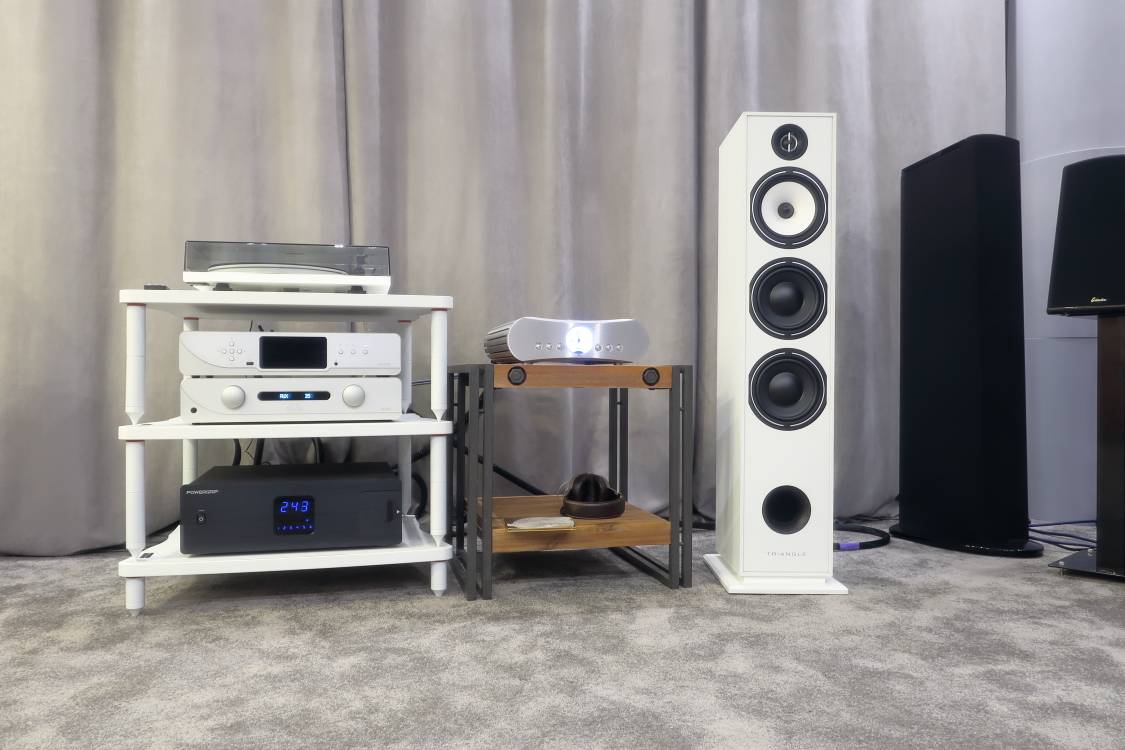
This means that when you play Simmer by Hayley Williams on the BR08 it responds with a wholly compelling urgency. There are speakers of a similar stature to the Triangle that can hit harder, but the speed and fluency with which the BR08 wields its low end is exceptional. The broken percussive line that the track is built upon starts and stops with perfect precision.
There isn’t a time signature I try on the Triangle where it sounds anything other than totally invigorating. Even when really leaning on it, there is none of that slight flabbiness that multi-driver floorstanders can exhibit. Instead there’s a wonderful togetherness to how the BR08 presents music.
Crucially, while there might be rivals with more bass, the Triangle has enough to be convincing. The piano
There isn’t anything I try on the Triangle that doesn’t sound
totally invigorating that Hayden Thorpe plays in Diviner has a believable weight and scale that ensures that the piece as a whole sounds just right.
Even under provocation, the large front port stays inaudible and the control and agility never suffers. The handover from the fibreglass bass drivers to the paper midrange is also performed seamlessly. There are four drivers at work in each cabinet but, crucially, you can’t hear them individually.
My BR03 review sample has long since departed, but looking at my notes it’s interesting to note the differences of the behaviour of this midrange-optimised unit over the more conventional one in the standmount. Here, in the BR08, there’s a slightly warmer and fuller quantity that ensures that Sarah Jarosz’s beautiful Blue Heron Suite is rich, full and compelling. The simple arrangements are presented in an effortlessly threedimensional way meaning there’s a convincing sense of the performance as a whole rather than a simple reproduction of it.
The upper registers of the BR08 are also worthy of praise. A fair amount of listening to this floorstander is done with the Rega Brio integrated (HFC 446) and the tonal balance that the two devices achieve together is almost perfectly judged.
No less importantly, it demonstrates that the Triangle is usefully sensitive as the 50W of the Brio is more than enough to drive it to any level you might want to achieve in a normal room. The rest of testing takes place on the considerably more powerful (and expensive) Cambridge Audio Edge A, which delivers some commensurate gains to the performance, but the fundamental positive qualities of the Triangle remain unchanged throughout.
You can take this to mean that the BR08 won’t necessarily elevate every single system it’s connected to but a rather more positive view would be to see this as a fine speaker to upgrade a relatively affordable existing system.
Conclusion
The BR08 is a fine speaker full stop. It takes all of the positive qualities of the BR03 and adds drive, immediacy and excitement in keeping with the company’s historic offerings. Vivid, fast and endless good fun, it deserves to be on any shortlist at the price
OUR VERDICT
When you purchase through links on our site, I may earn an affiliate commission. Here’s how it works.
HOW IT COMPARES
The BR08 is more than the Monitor Audio Bronze 500 we looked at in HFC 468, but the two speakers share a number of similarities. They’re both relatively large, sensitive designs but the 500 is arguably more attractive. Where the Triangle hits back is the sheer fluency and speed it delivers across a wide selection of music. The evolution of Monitor Audio’s presentation in recent years makes it a little more forgiving than before, but it can’t match the sheer verve and energy of the Borea BR08.




